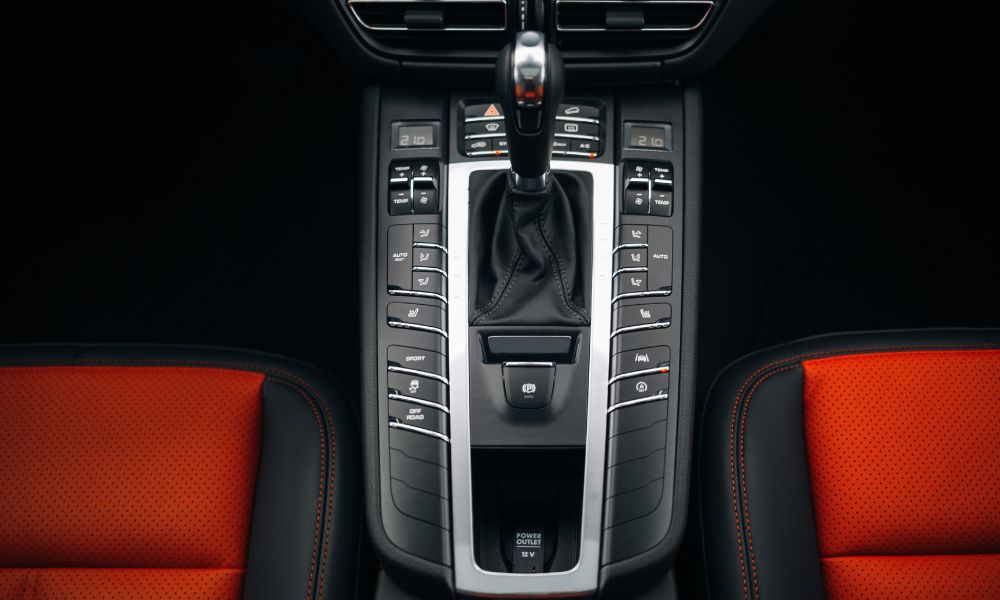
One of the biggest concerns drivers have is how their vehicles affect the planet. It’s up to you to give customers a clear picture of the environmental impact of different transmissions to assist them.
Manual Transmissions
Manual transmissions have existed for decades. They are known for their simple design and features that give the driver more control over the vehicle. In the past, they were favored over automatic cars because of their fuel efficiency. However, things are changing after immense improvements to automatic vehicles. Manual cars do not possess the same fuel-saving technologies as other transmission types, and inefficient burning of fuel releases toxins into the air.
Automatic Transmissions
The smooth gear shifts and user-friendliness of automatic transmissions grew their popularity. Today, the adaptive shift algorithms and great fuel efficiency attract drivers.
These advanced algorithms analyze driving conditions such as speed, throttle input, and road conditions to adjust the gears. By working with automatic transmission parts suppliers, vehicle manufacturers can create models that optimize fuel consumption.
Continuously Variable Transmissions (CVTs)
Continuously variable transmissions are automatic. However, they utilize a belt or chain system to deliver infinite gear ratios instead of using fixed gears like manual and automatic transmissions.
These transmissions are renowned for their impressive fuel efficiency, which can lead to reduced CO2 emissions. Due to their ability to provide an ideal gear ratio for any given driving condition, CVTs have better throttle response and consistent engine power delivery than other transmission types.
Hybrid and Electric Vehicles
Hybrid and electric vehicles are currently the best for the environment. They produce little to no CO2 emissions and have minimal dependence on fossil fuels. Hybrids and electric vehicles represent a significant step forward in eco-friendly transportation.
Hybrid transmissions combine an internal combustion engine and an electric motor. The electric motor powers the vehicle at low speeds while the engine takes over at higher speeds or during acceleration. Some hybrids can use both sources simultaneously for maximum efficiency. Regenerative braking generates electric energy, which the battery stores for later use.
Electric vehicle transmissions are quite simple. They rely on an electric motor powered by a battery. It converts electrical energy into mechanical energy, then harnesses it to rotate the wheels. One of the key advantages of EV transmissions lies in their exceptional efficiency. Unlike manual or automatic transmissions, they avoid wasting energy while idling.
Transparts Warehouse cares about the environmental impact of different transmissions. Whenever your customers come in with repairs and questions, you’ll be ready to assist with great information and aftermarket transmission parts from Transparts Warehouse.

